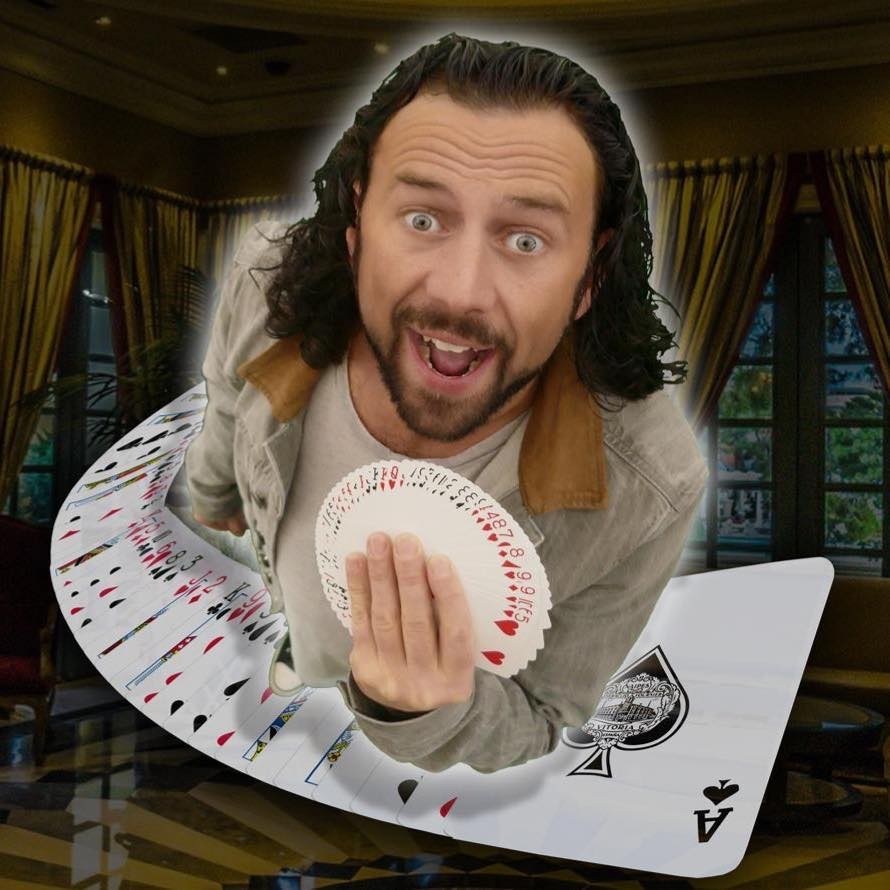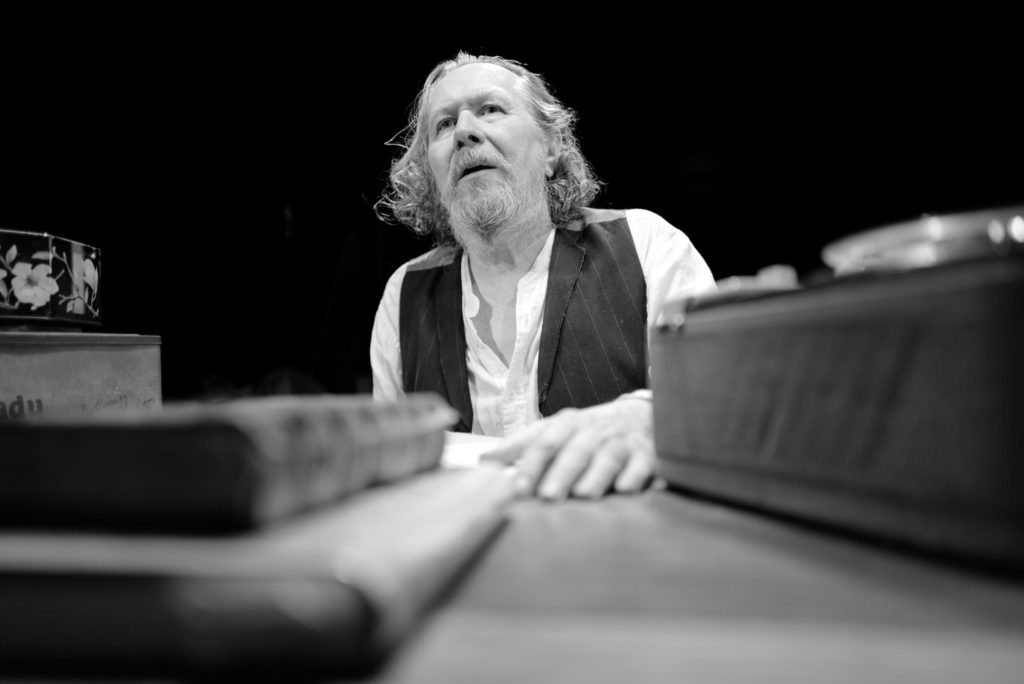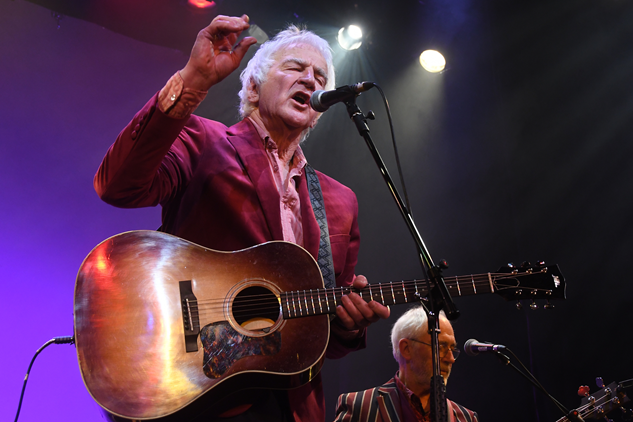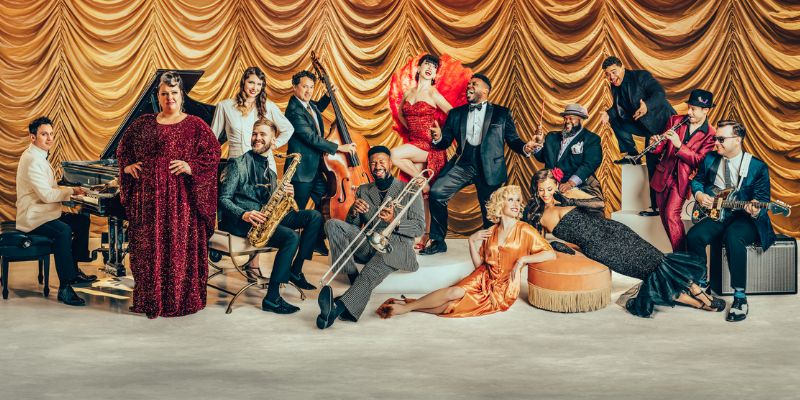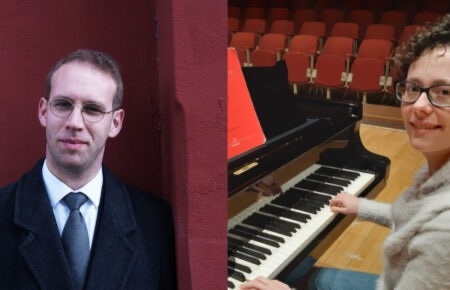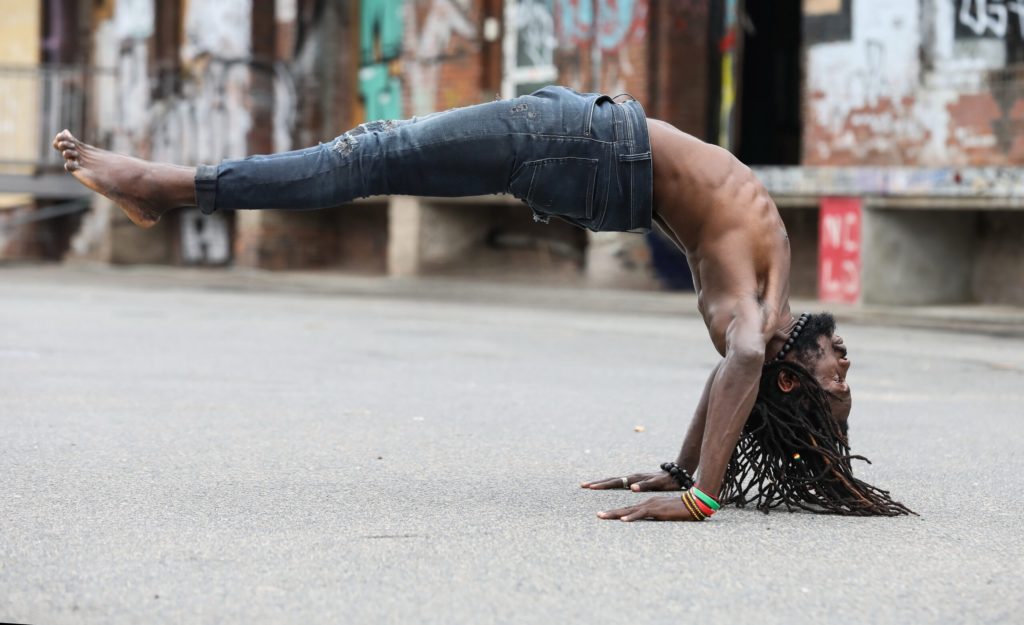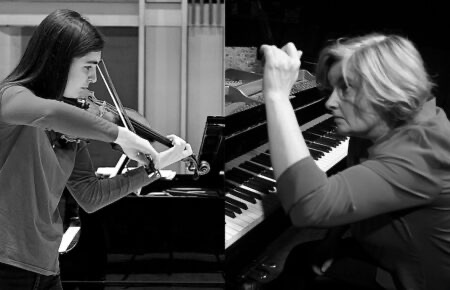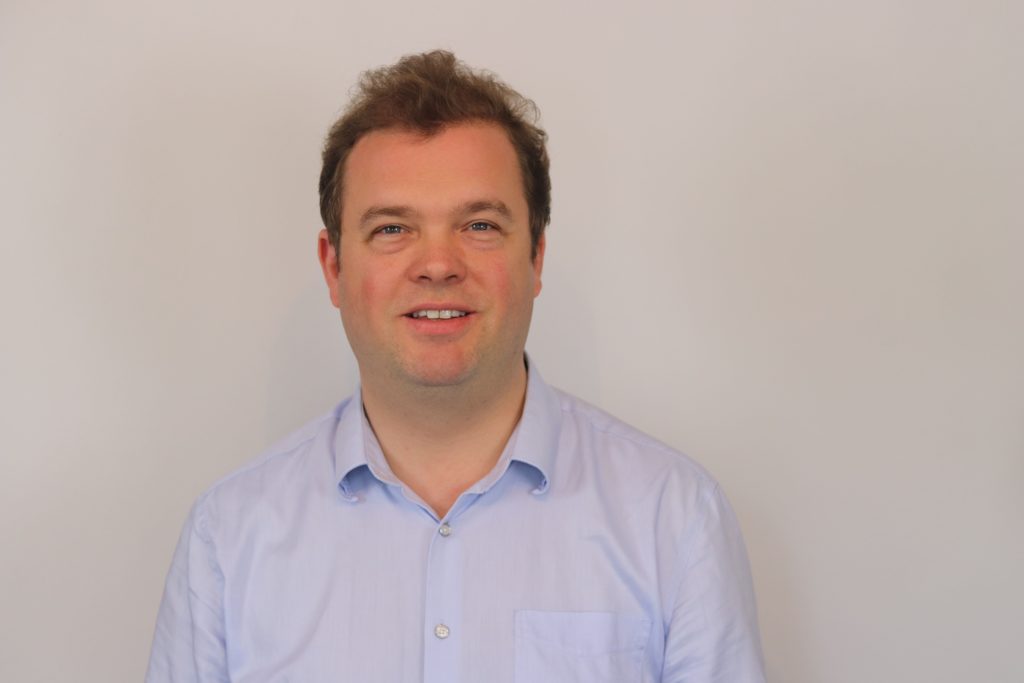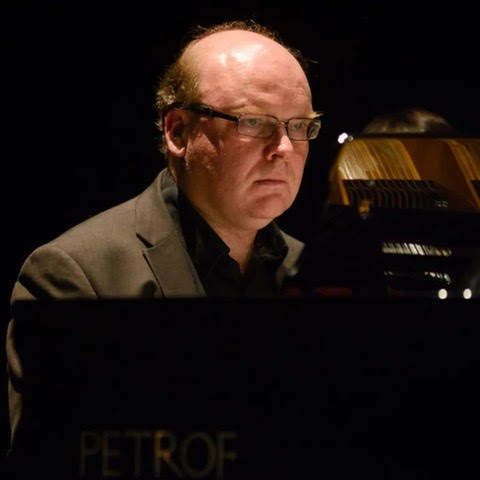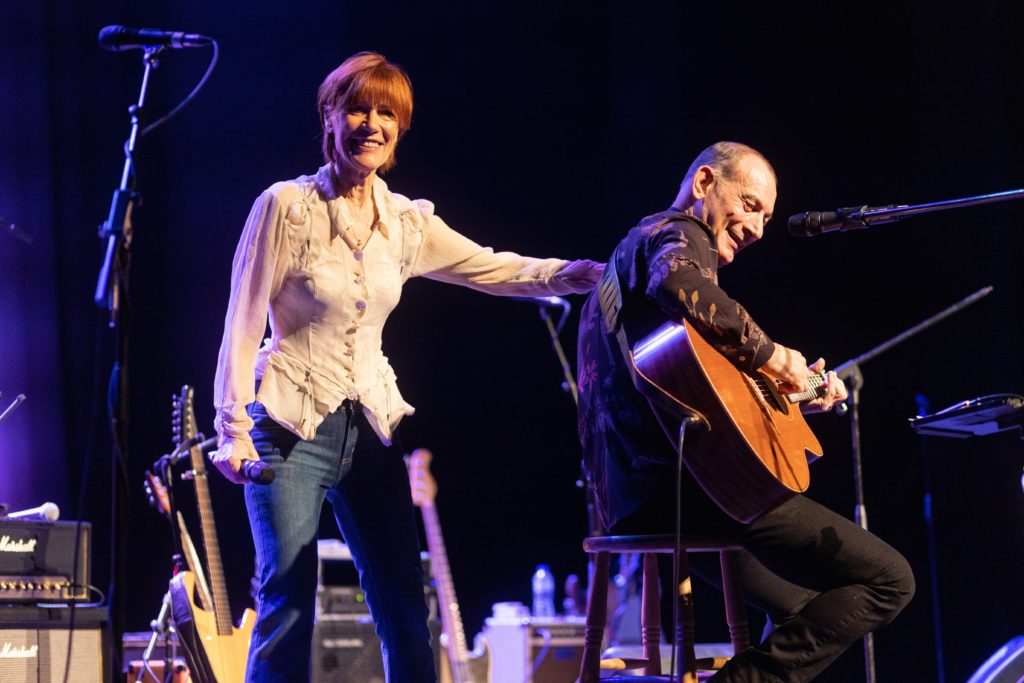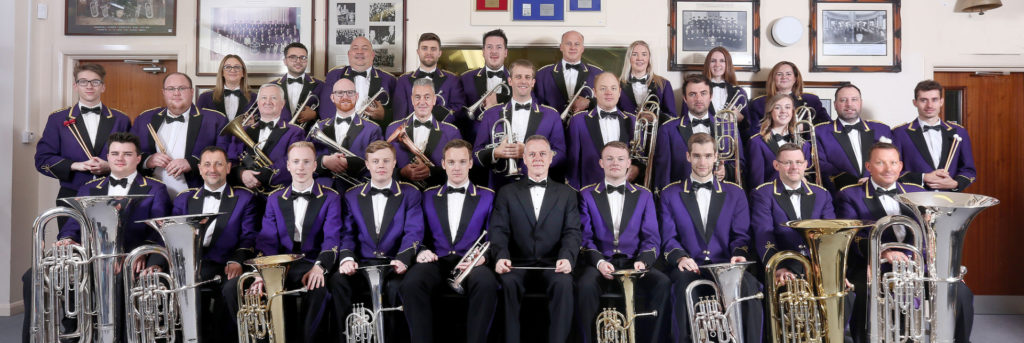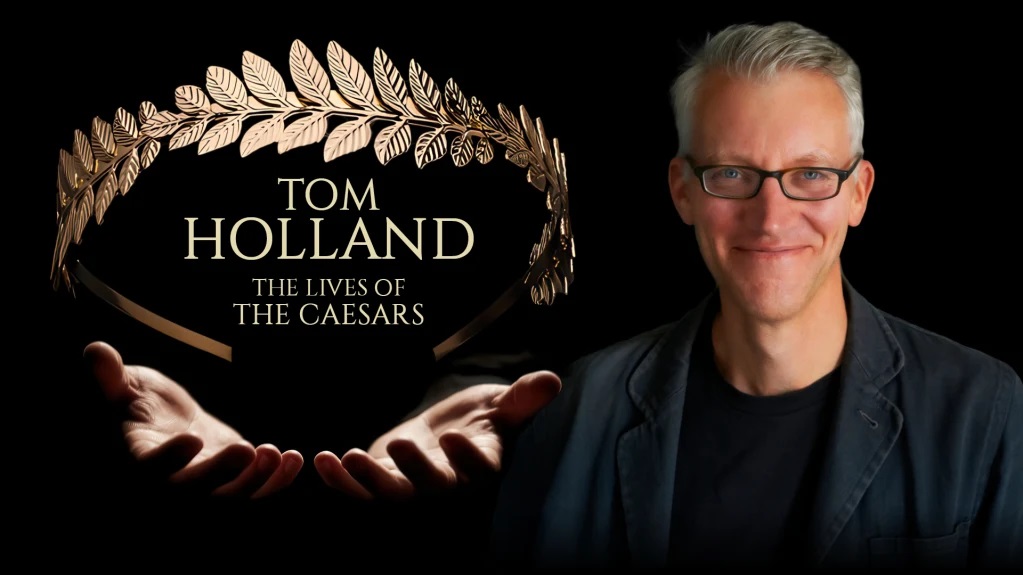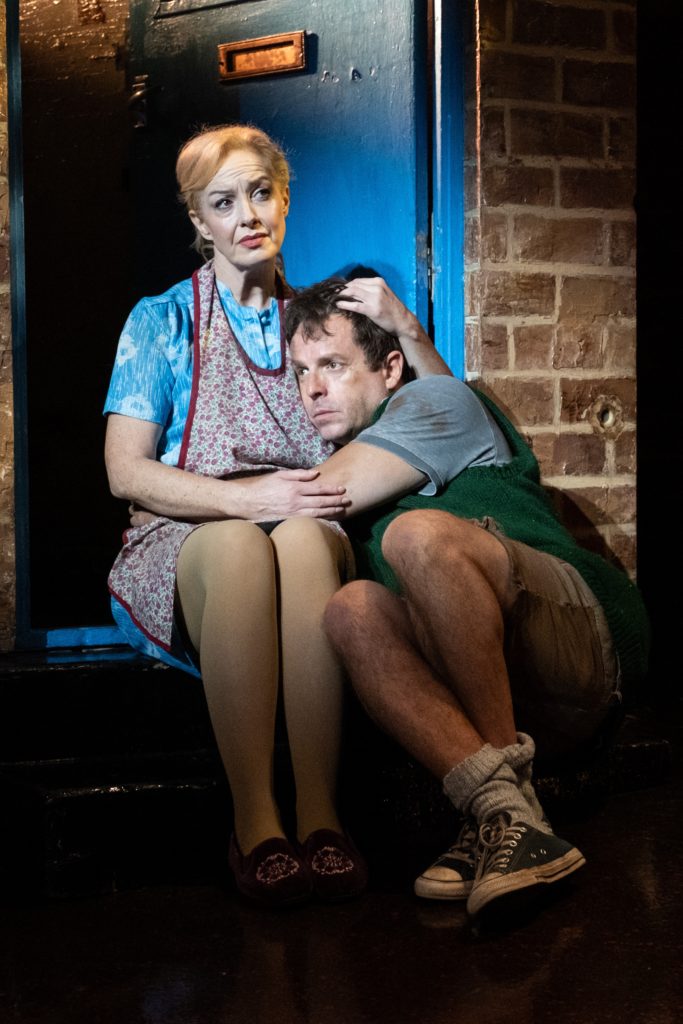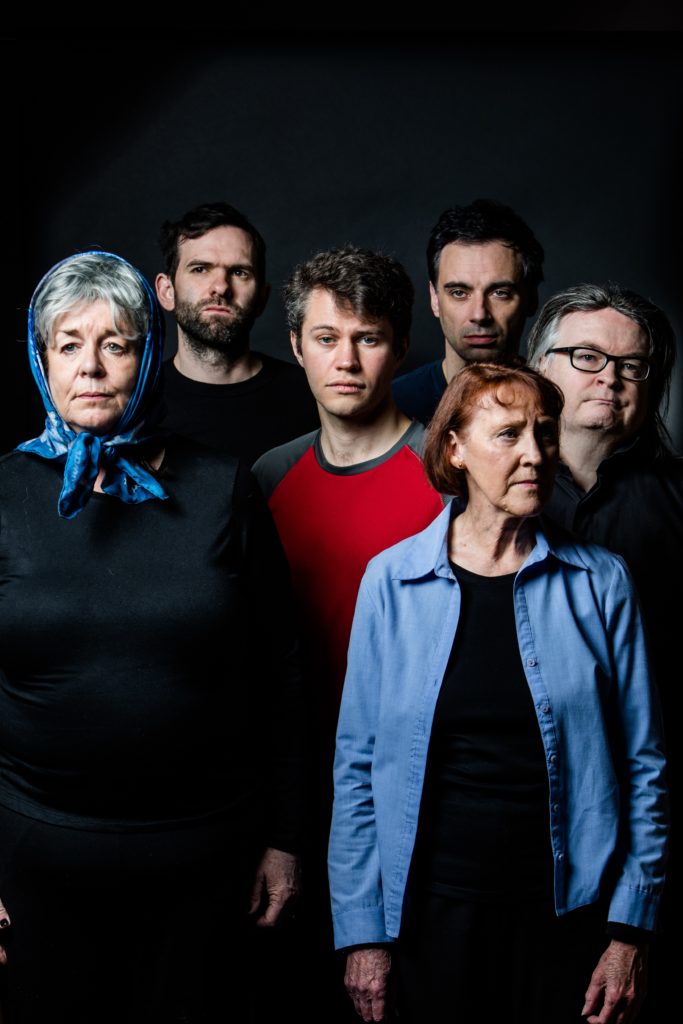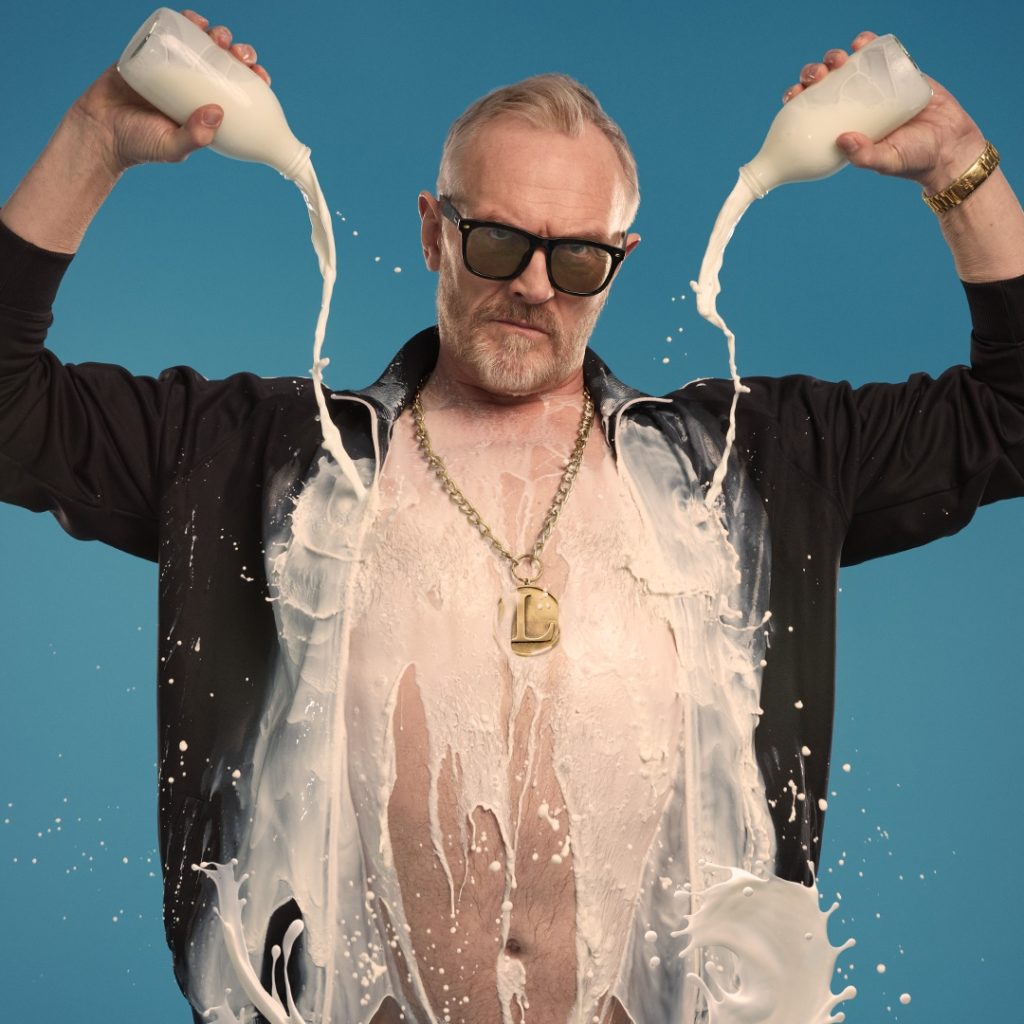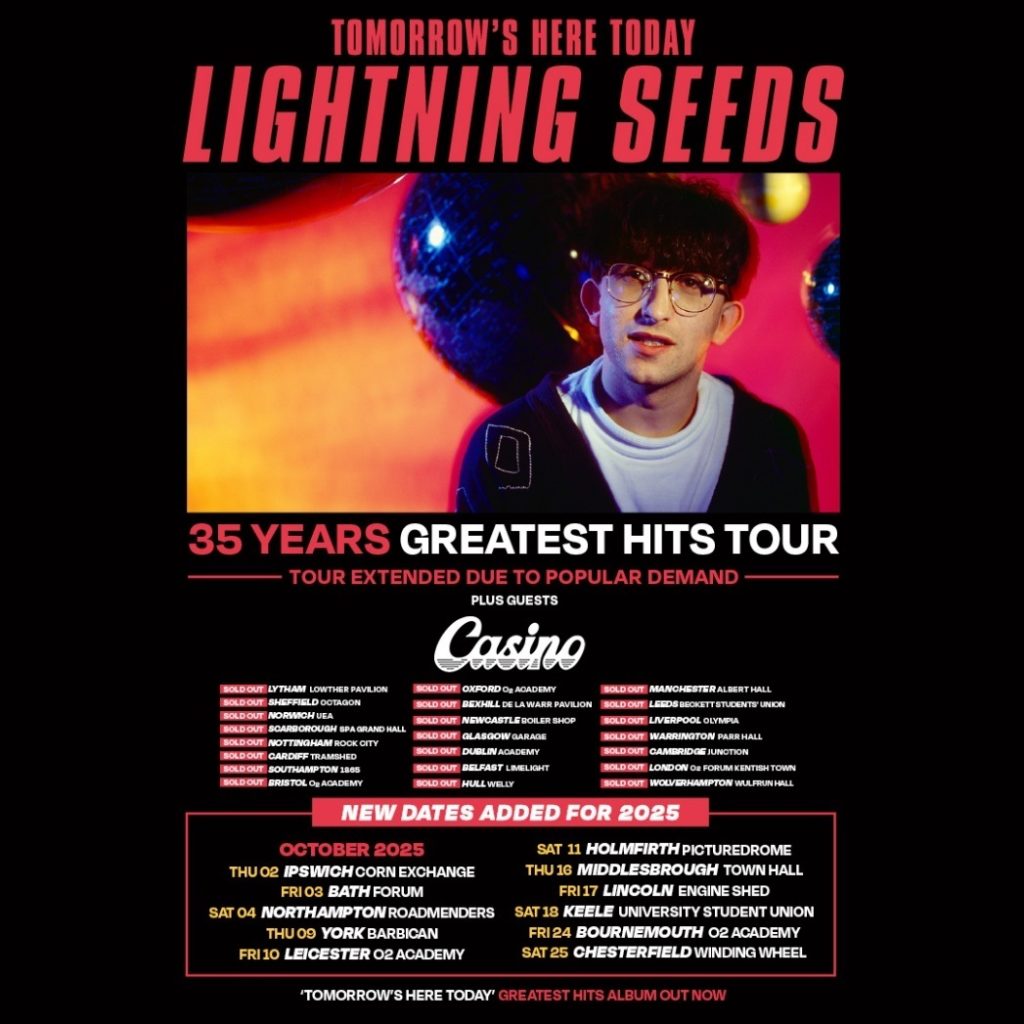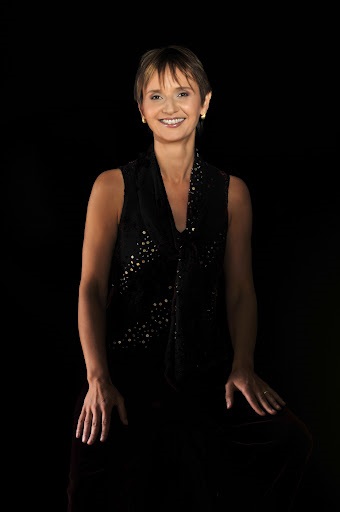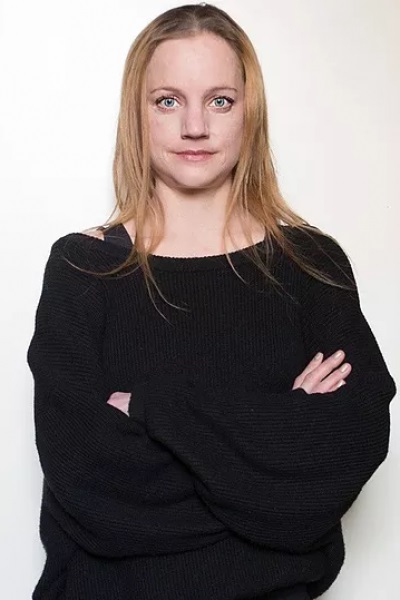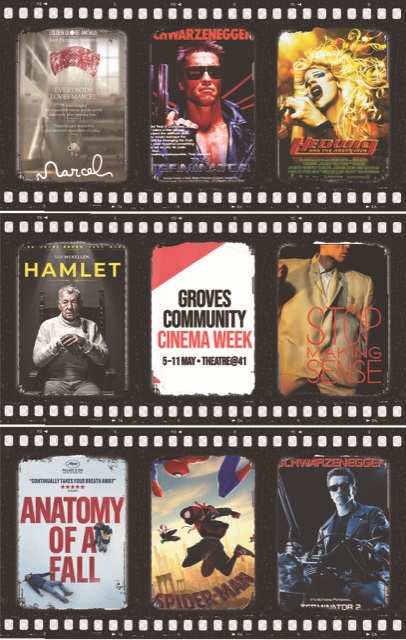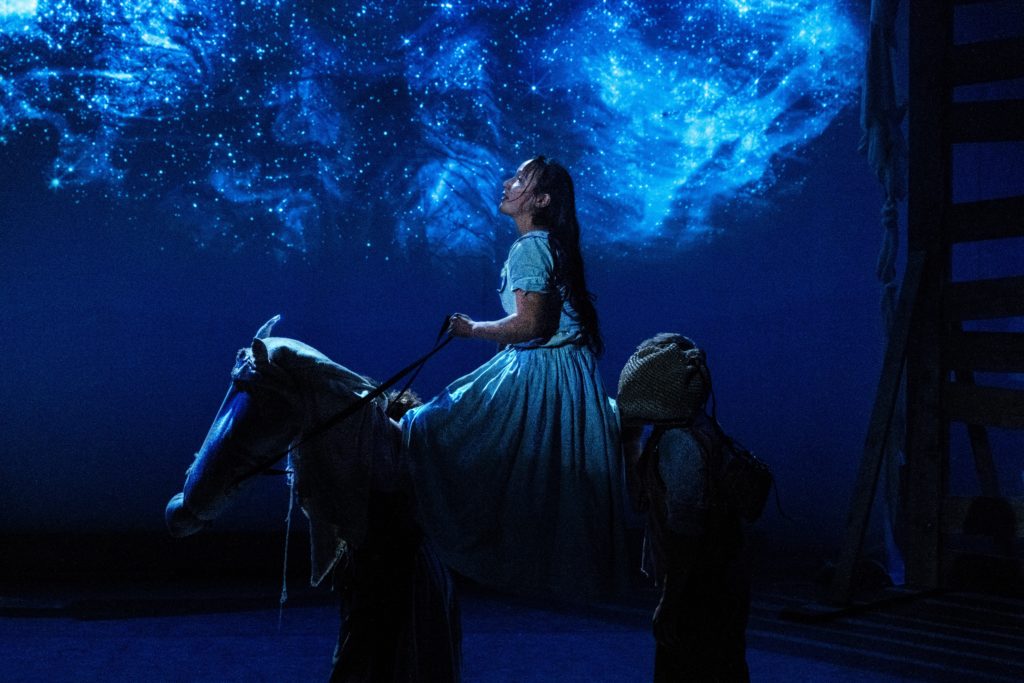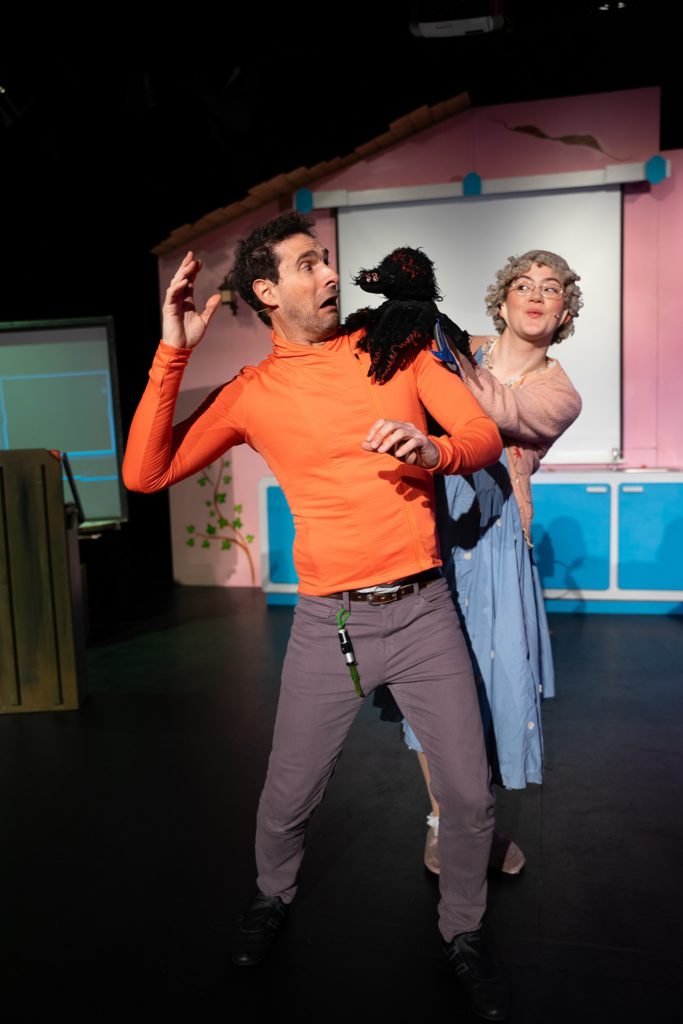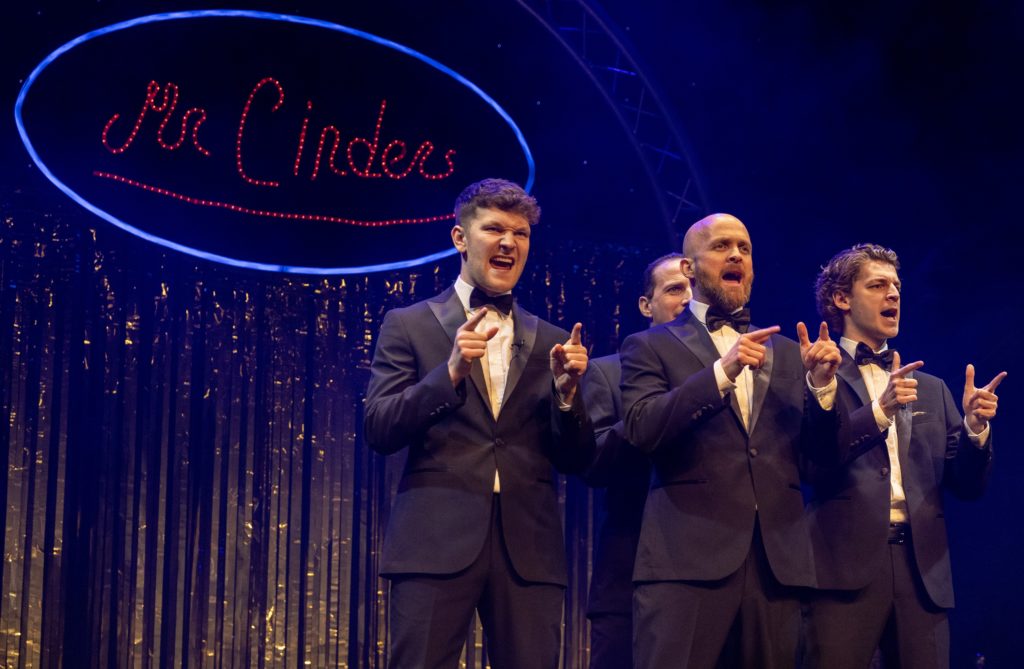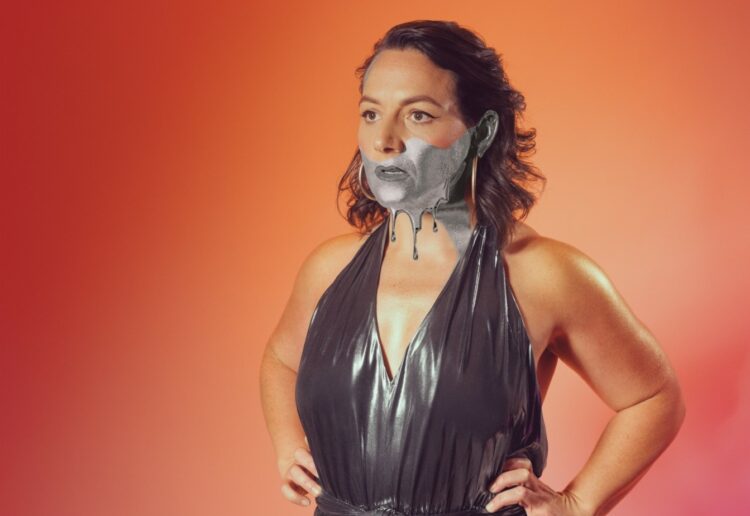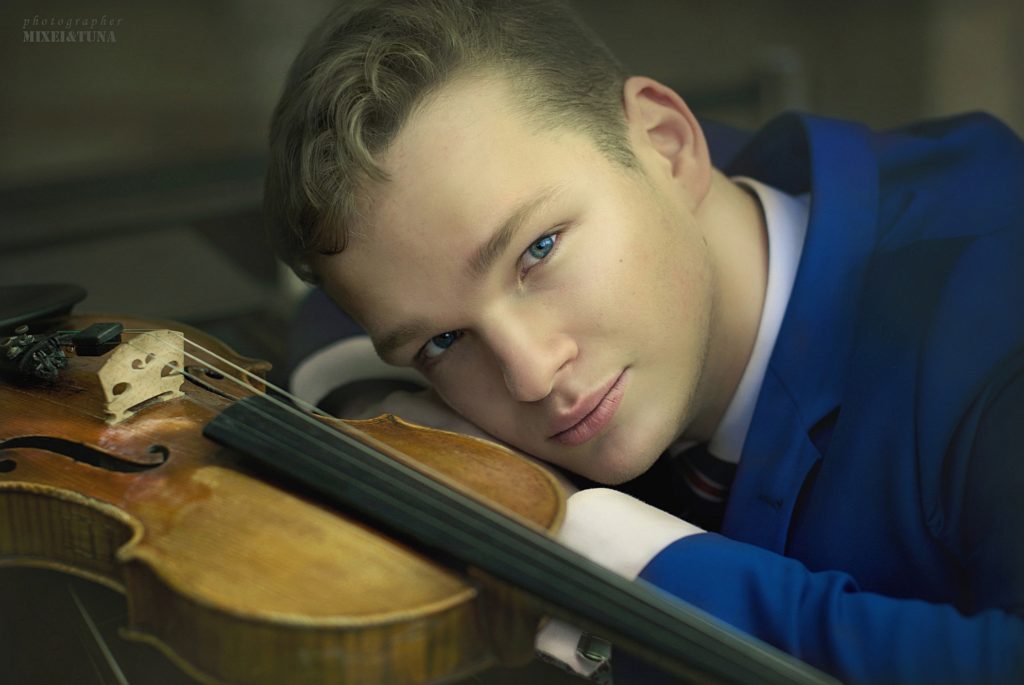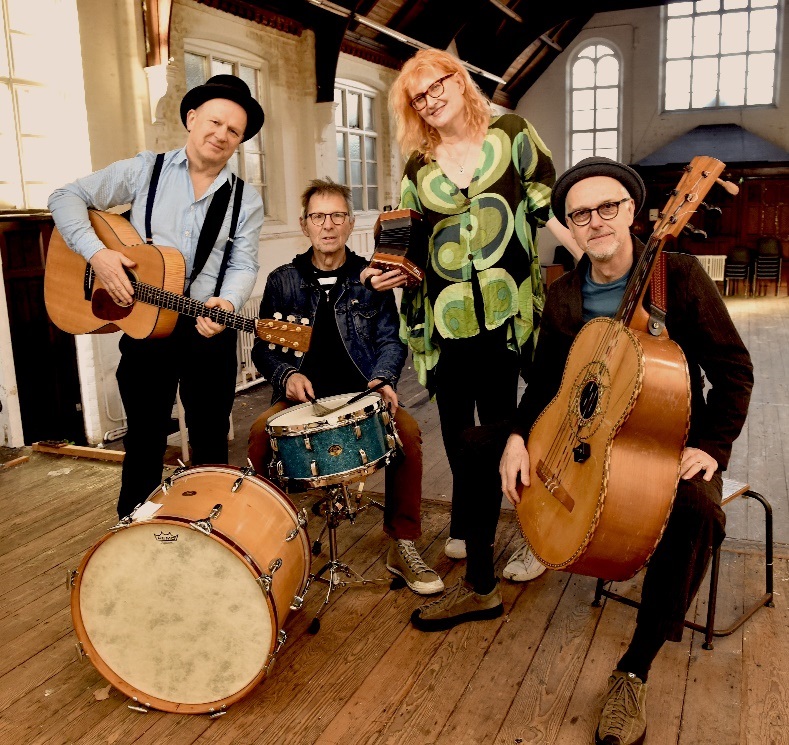
Angels Of The North: Headlining the main stage on Knavesmire at York Pride 2025
YORK Pride and celebrations of Northern Soul and British comedy greats are right up Charles Hutchinson’s street for the week ahead.
Festival of the week: York Pride, Parliament Street to Knavesmire, York, 12 noon to 6pm
NORTH Yorkshire’s largest LGBT+ celebration and York’s biggest free one-day festival, York Pride 2025, takes to the streets for its biggest, boldest and most fabulous event yet today, led off by the Pride Parade that will follow a new path through the streets from Parliament Street at midday.
On Knavesmire, the festival’s main stage will be headlined by Angels Of The North (6pm) and on the bill too will be Ryan Petitjean (1.10pm), tribute act Pet Shop Boys, Actually (1.35pm), Marcus Collins (2pm), Eva Iglesias (2.30pm), York drag superstar Janice D (3.35pm), La Voix (4pm), West End queen Kerry Ellis (5.15pm), The Cheeky Girls (5.35pm) and plenty more. Find the full line-up at yorkpride.org.uk/line-up.
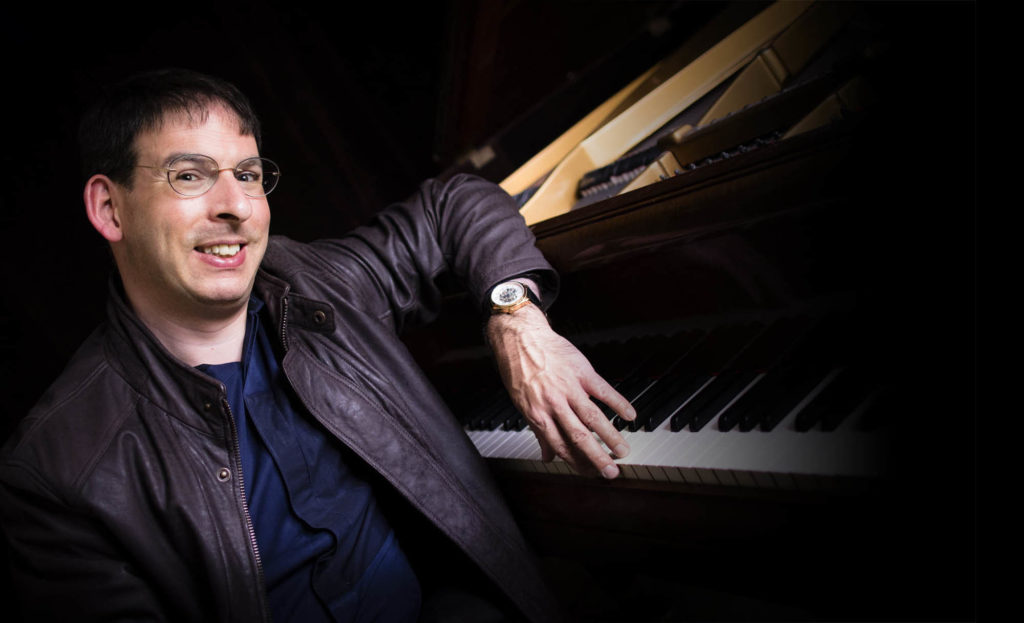
Duncan Honeybourne: Performing the last concert of York Late Music’s 2024-2025 series this afternoon
Season’s finale: York Late Music presents Duncan Honeybourne, piano, Unitarian Chapel, St Saviourgate, York, today, 1pm
PIANIST Duncan Honeybourne performs new commissions commemorating the 100th anniversary of the death of the influential French composer Erik Satie, written especially for this afternoon’s programme by Philip Grange, Fred Viner, Sarah Dacey, Andrew Hugill, Steve Plews, Sarah Thomas, Simon Hopkins, Jenny Jackson and others, some of whom will be heard at Late Music for the first time.
Each composer has been asked to provide a new miniature piano solo influenced or inspired in some way by Satie and their works will be interspersed with a selection of Satie’s own pieces, such as Gnossiennes and Gympnopédies. Box office: latemusic.org/duncan-honeybourne-piano/ or on the door.
Film event of the week: John Barry From York With Love, Everyman York, York, today at 2.30pm and 4pm
JOHN Barry From York With Love, Sean Parkin’s unauthorised documentary of the early career of the York-born film composer, will have two private screenings at Everyman York this afternoon.
Private, yes, but tickets are available, although for copyright reasons, those tickets are for the after-viewing party at The Crescent community venue. The film viewing is free but there will be no entry without an after-show ticket. Doors open at Everyman at 2pm; the after-view party is at 3.45pm. All profits go to the Future Talent charity. A further screening follows at 4pm. Tickets: fienta.com.

Lady Nade: Paying tribute to Nina Simone at Helmsley Arts Centre
Celebration of a legacy: Lady Nade Sings Nina Simone, Helmsley Arts Centre, tonight, 7.30pm,
KNOWN for paying homage to those who have influenced her journey profoundly, Lady Nade holds Nina Simone in high regard for leaving behind a legacy of liberation, empowerment, passion and love through her extraordinary body of work.
As a black woman, Lady Nade acknowledges Simone’s trailblazing role in paving the way for artists of her generation. Her high-energy performance is a heartfelt dedication to recreating the transformative sound that blended popular tunes of the era into a distinctive fusion of jazz, blues, gospel, and folk music. Box office: 01439 771700 or helmsleyarts.co.uk.

The fez, the spectacles and the bow tie: Damian Williams’s Tommy Cooper, Bob Golding’s Eric Morecambe and Simon Cartwright’s Bob Monkhouse in The Last Laugh. Picture: Pamela Raith
Comedy legends of the week: The Last Laugh, Grand Opera House, York, June 10 to 14, 7.30pm plus 2.30pm Wednesday, Thursday and Saturday matinees
WHO will have The Last Laugh at the Grand Opera House, York, when British comedy triumvirate Eric Morecambe, Tommy Cooper and Bob Monkhouse reconvene in a dressing room in Paul Hendy’s play?
Find out in the Edinburgh Fringe, West End and New York hit’s first tour stop as Bob Golding, Damian Williams and Simon Cartwright take on the iconic roles in this new work by the Evolutions Productions director, who just happens to write York Theatre Royal’s pantomimes too. Box office: atgtickets.com/york.

Keeping the faith in Northern Soul: Chloe McDonald, left, and Martha Godber in John Godber’s Do I Love You?, on the dancefloor at York Theatre Royal from June 10
Weekender of the week: John Godber Company in Do I Love You?, York Theatre Royal, June 10 to 14, 7.30pm plus 2pm Thursday and 2.30pm Saturday matinees; post-show discussion on June 13
THE John Godber Company is on its third tour of John Godber’s hymn to keeping the faith in Northern Soul, with the same cast of Martha Godber, Chloe McDonald and Emilio Encinoso-Gil.
Inspired by Godber’s devotion to Northern Soul, Do I Love You? follows three twentysomethings, slumped in the drudgery of drive-through counter jobs, who find excitement, purpose and their tribe as they head to weekenders all over, from Bridlington Spa to the Tower Ballroom, Chesterfield to Stoke. Box office: 01904 623568 or yorktheatreroyal.co.uk
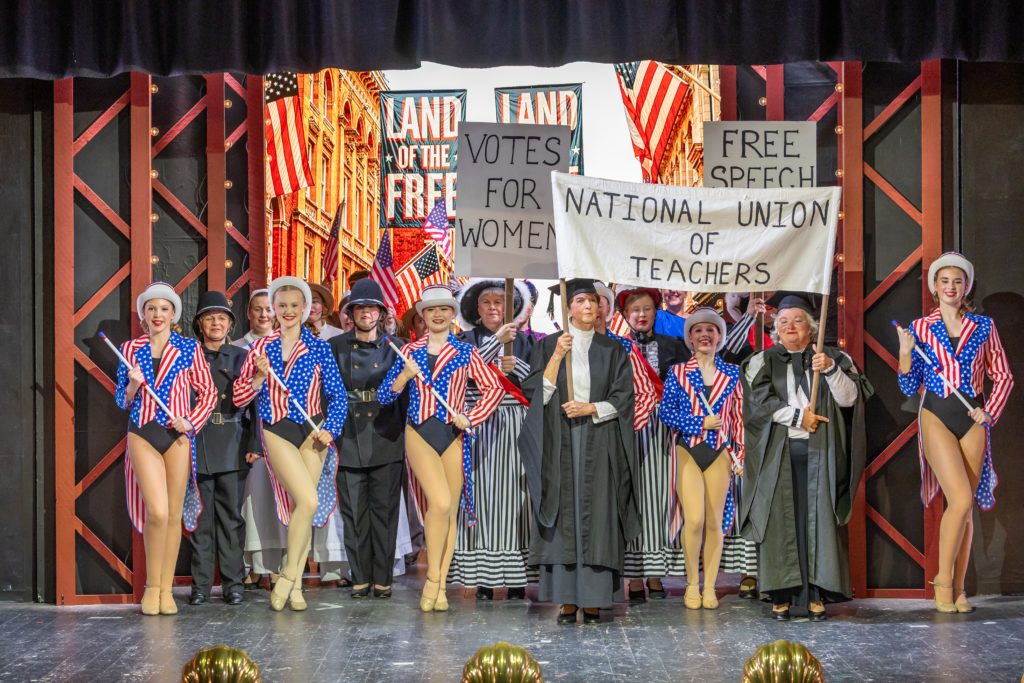
Making a last stand: Pickering Musical Society bids farewell to musicals in Hello, Dolly! Picture: Robert David Photography
Goodbye to musicals: Pickering Musical Society in Hello, Dolly!, Kirk Theatre, Pickering, June 10 to 14, 7.30pm plus 2.30pm Saturday matinee
PICKERING Musical Society is preparing to raise the curtain on its final full-scale musical production, after more than a century, citing rising production costs and falling membership.
Set in the energetic bustle of 1890s’ New York, Jerry Herman’s Hello, Dolly! follows the irrepressible Dolly Gallagher Levi (society favourite Rachel Anderson) – a witty matchmaker, meddler and “arranger of things” – as she decides to find a match for herself. Box office: 01751 474833 or kirktheatre.co.uk or in person from the box office on Tuesdays, 11am to 1pm.

Podcaster Blindboy Boatclub
Podcaster of the week: The Blindboy Podcast Live, York Barbican, June 10, 7.30pm
POLYMATH, author, screenwriter, songwriter, musician, producer and academic Blindboy Boatclub is on the biggest tour yet of his storytelling podcast, wherein he follows the Irish tradition of the Seanchaí, intertwining history, fiction, cultural critique and politics.
Drawing on his knowledge and chronic curiosity to democratise topics such as art, psychology, politics, science and music, Blindboy gives his insight into complex issues. Look out for a surprise special guest too. Box office: yorkbarbican.co.uk.

The invitation to Mark Hearld’s book signing on Thursday at Janette Ray Booksellers
Book signing of the week: Mark Hearld at Janette Ray Booksellers, 8, Bootham, York, June 12, from 4.30pm
YORK artist, ceramicist and York Open Studios stalwart Mark Heard will be signing copies of his book, Raucous Invention, The Joy Of Making, published in a beautiful new edition by Thames & Hudson. Mark will be on hand from 4.30pm to 7.30pm.
Released on June 5, the newly expanded edition of Hearld’s monograph bursts with more than 400 colour illustrations and fresh insights in a vivid journey into the heart of his creativity and love of the animal world.

Christopher Simon Sykes’s photograph of Mick Jagger in concert on the Rolling Stones’ Tour of the Americas in 1975, on show at Sledmere House from June 13
Exhibition launch of the week: On Tour With The Rolling Stones 1975, A 50th Anniversary Exhibition of Photographs by Christopher Simon Sykes, Sledmere House, Sledmere, near Driffield, June 13 to July 6, except Mondays and Tuesdays, 10am to 5pm
IN June 1975, Christopher Sykes, of Sledmere House, joined the Rolling Stones Tour of the Americas, known as T.O.T.A ’75: his first rock’n’roll itinerary as a snapper after specialising in photographing stately home interiors.
“You know going on tour is not like country life, Chrissie,” advised Mick Jagger on his first day of accompanying the Stones on their three-month tour of North America and Canada, playing 40 shows in 27 cities. The photos were used in a tour diary published the following year, and this exhibition showcases a selection of the best of the behind-the-scenes and stage pictures in the Courtyard Room. Tickets: sledmerehouse.com.
In Focus: Chalky The Yorkie at No 84 Sandwich Bar, Micklegate Arts Trail, York
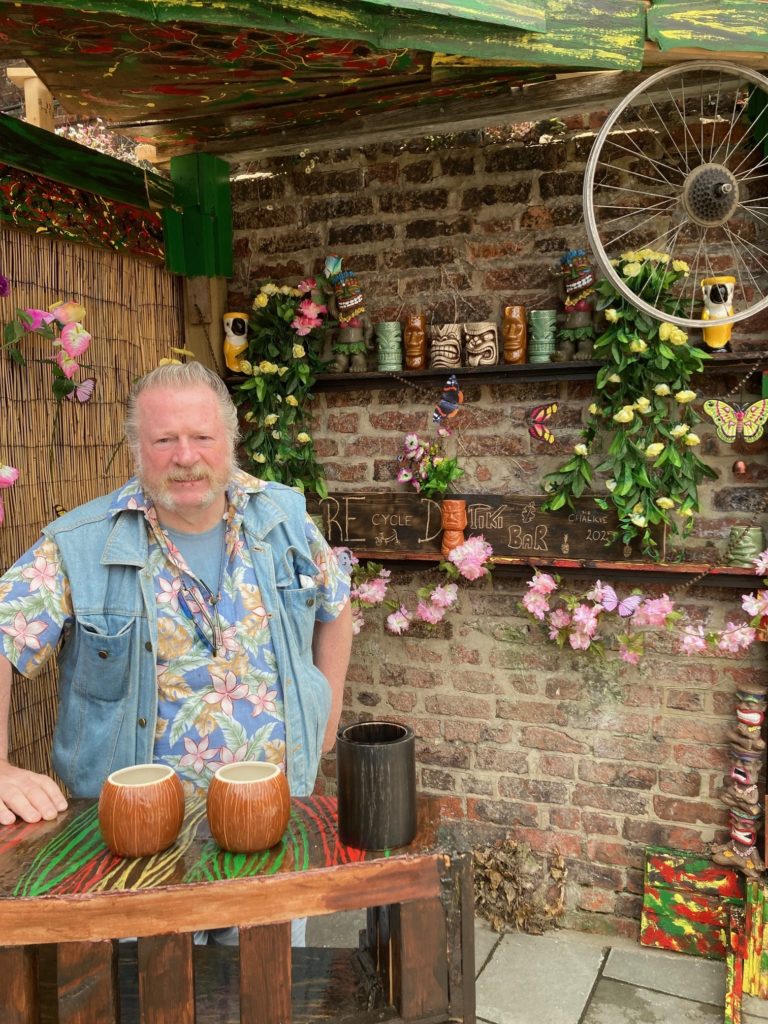
Artist Chalky The Yorkie stands behind his Tiki bar at No 84 Sandwich Bar, created for the Micklegate Arts Trail
ROVING, rock’n’roll-loving York artist Chalky The Yorkie has always had a canny eye for spotting locations for his installation pieces.
Raise a glass to his latest artwork, the outdoor, Polynesian-style Tiki bar at No 84 Sandwich Bar, Julian Smith’s deli and cafe in Micklegate, created for the 2025 Micklegate Arts Trail but destined to remain in place after the festival ends on June 15.
“Last year Julian had a conversation with me about how it would be great to have a bar out here, at the back, which was full of bins at the time,” recalls Chalky. “So the bar was the first idea, but then, when we were thinking about the Arts Trail, two friends had suggested I should incorporate bikes, and another said it would be great to do something for the environment, repurposing things out of skips and the old bicycles.
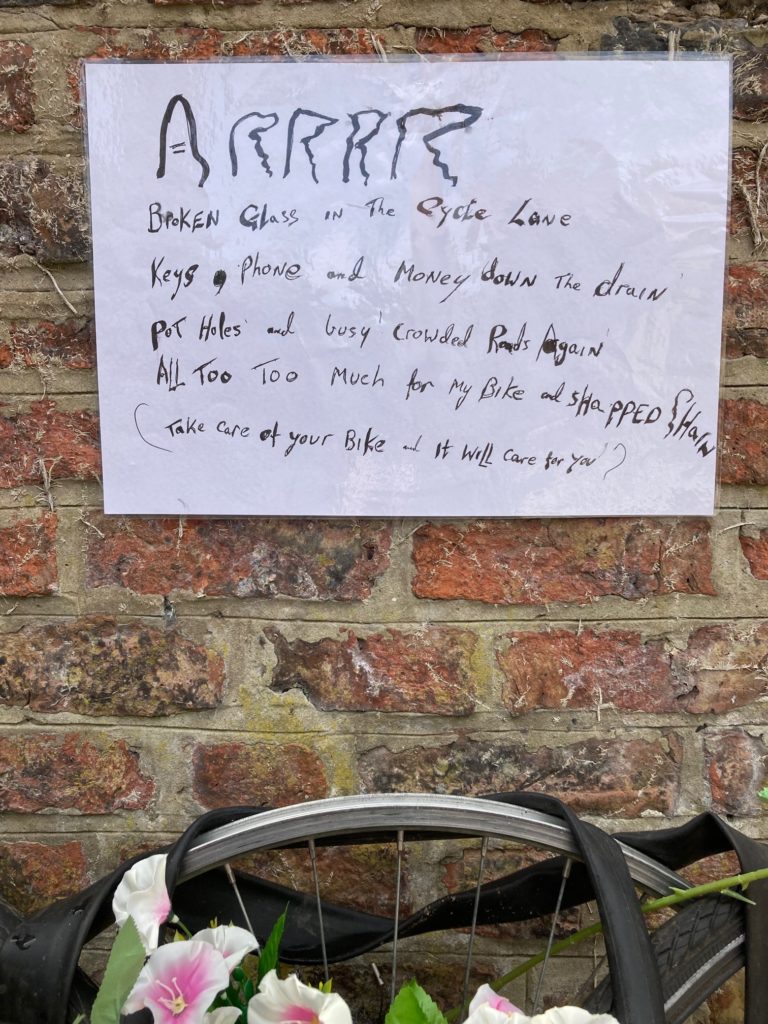
Chalky The Yorkie’s Tiki bar installation poem on the plight of cyclists
“So what I’ve come up with is a bar built with scrap wood and salvaged wood after I was donated some leftovers by a builder to create the Re-Cycle Tiki Bar, to give something back to the planet. David Burton gave me one bike, along with one from his childhood and another was provided by Recycle York, in Walmgate.
“I thought I should create a memorial, taking the term ‘Re-cycle’ to highlight the plight of cyclists who lose their lives in accidents or come off their bikes and get injured in cycle lanes.”
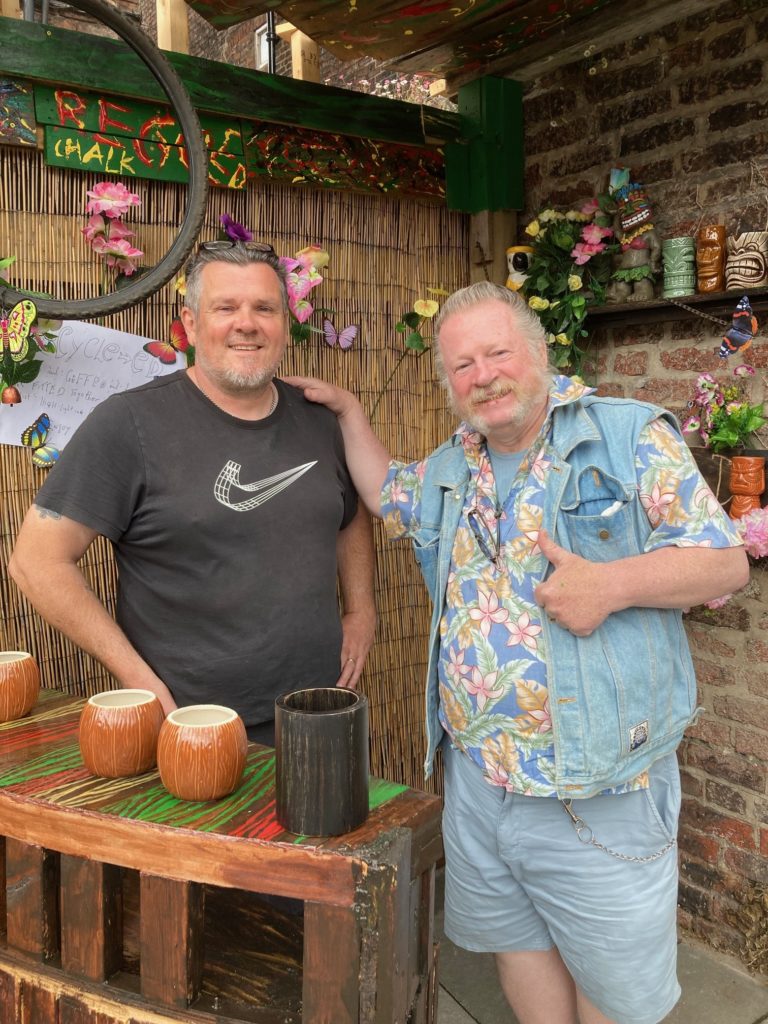
Artist Chalky The Yorkie with No 84 owner Julian Smith at the Tiki bar
Originally Chalky considered designing a 1950s’ bar but then settled on a colourful Tiki bar. “The primary colours are there to match traffic lights, with red, amber, though it’s more yellow than amber, and green. I went for yellow, because it’s a more definitive colour,” he says. “The blues I use signify the pain of loss in a cycling accident.”
Incorporated in the installation too are Beaumont ceramics of exotic birds and figures, acquired from York Catering Supplies, in Walmgate, butterfly motifs, floral decorations and tinkling bells. “I like the Buddhist convention of chiming bells in remembrance of people as part of their memorial ceremonies,” says Chalky.
Welcoming Chalky’s installation, Julian says. “Chalky is part of the fixtures and fittings here. He even came around for our Christmas dinner!

It Can Happen To You – Take Care: Chalky The Yorkie’s Re-cycle memorial to cyclists
“We’re taking part in the Micklegate Arts Trail because it’s all about traders promoting local artists whose work they like, with Navigators Art giving us a platform to do that. Jasmine Foo has never exhibited before, and we picked her crochet work because my wife is a knitter. We’re delighted to be showing Sinead Corkery and Jude Redpath too – and Chalky’s cheeky Tiki bar is the icing on the cake.”
Inside the deli, look out too for Chalky’s day and night paintings of No 84, both featuring the family pet, Sid the dog, in the upstairs window.

Chalky The Yorkie’s painting of No 84 Sandwich Bar, Walmgate, York, at night


